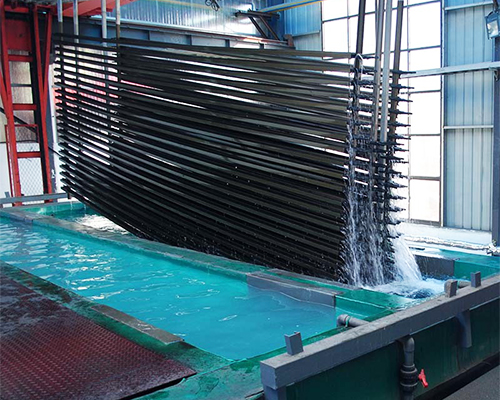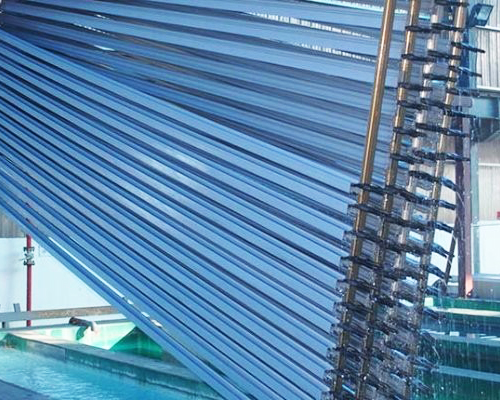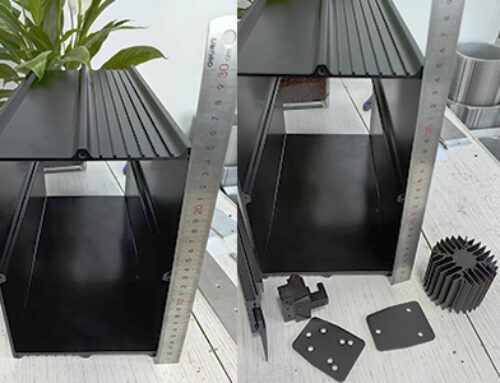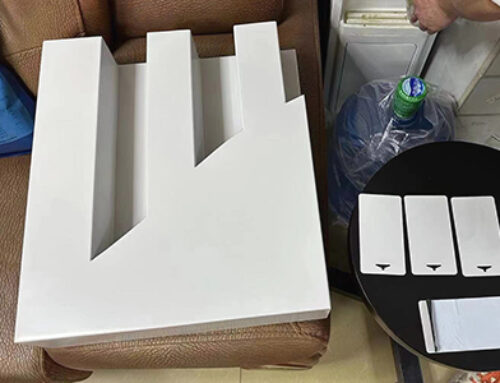Project Description


The effect of anodized industrial aluminium extrusion has a lot to do with the electric current density. In a certain condition, with the current density increases, the growth rate anodized film increases too, but anodized time decreases and meanwhile the film is porous and easily colored, the hardness and wear resistance goes up. If the current density is too high, it will be affected by the joule heat, which will increase the temperature of the surface of the parts and the temperature of the local solution. The dissolution rate of the membrane will rise, and the possibility of burning the parts will be burned. The current density is too low, and the film growth rate will be slow, meanwhile, the film’s dense, hardness and wear resistance are lower.
Under the condition of normal temperature (about 20 ℃), except the special process formulation, the electric current density of industrial aluminum profiles and industrial aluminum alloy extrusion should be controlled between 1 ~ 1.5 A/dm2 when anodizing. Selecting the electric current density should accord to the temperature, solution concentration, shapes of profile and other relevant process conditions.
Under possible conditions, the appropriate increase of current density is beneficial the formation rate of oxidation film, shorten the time of anodic oxidation, and increase the porosity of the film layer to improve the coloring effect. But when continue to increase current density, the industrial aluminum profile is affected persistently by the joule heat in the oxidation process: the endothermic effect of membrane hole is increased, and local heating is significant, which will cause the dissolution of the anodic oxide film and the membranes velocity go down. It can even result in uneven distribution of current and affect the coloring effect.
Selecting the appropriate current density can accelerate the growth rate of the film in a certain range, but when it exceeds a certain value, the membrane velocity decreases.



